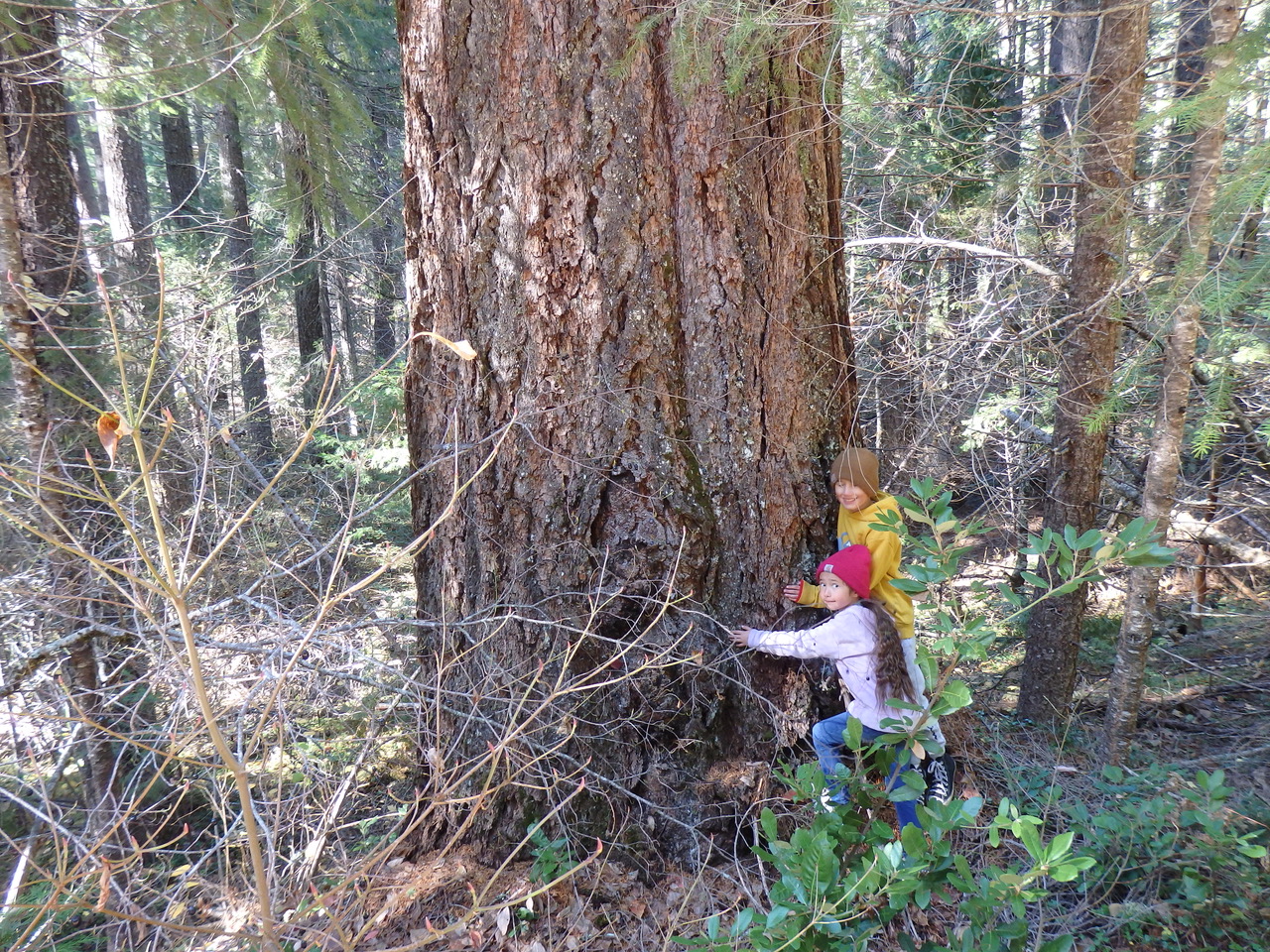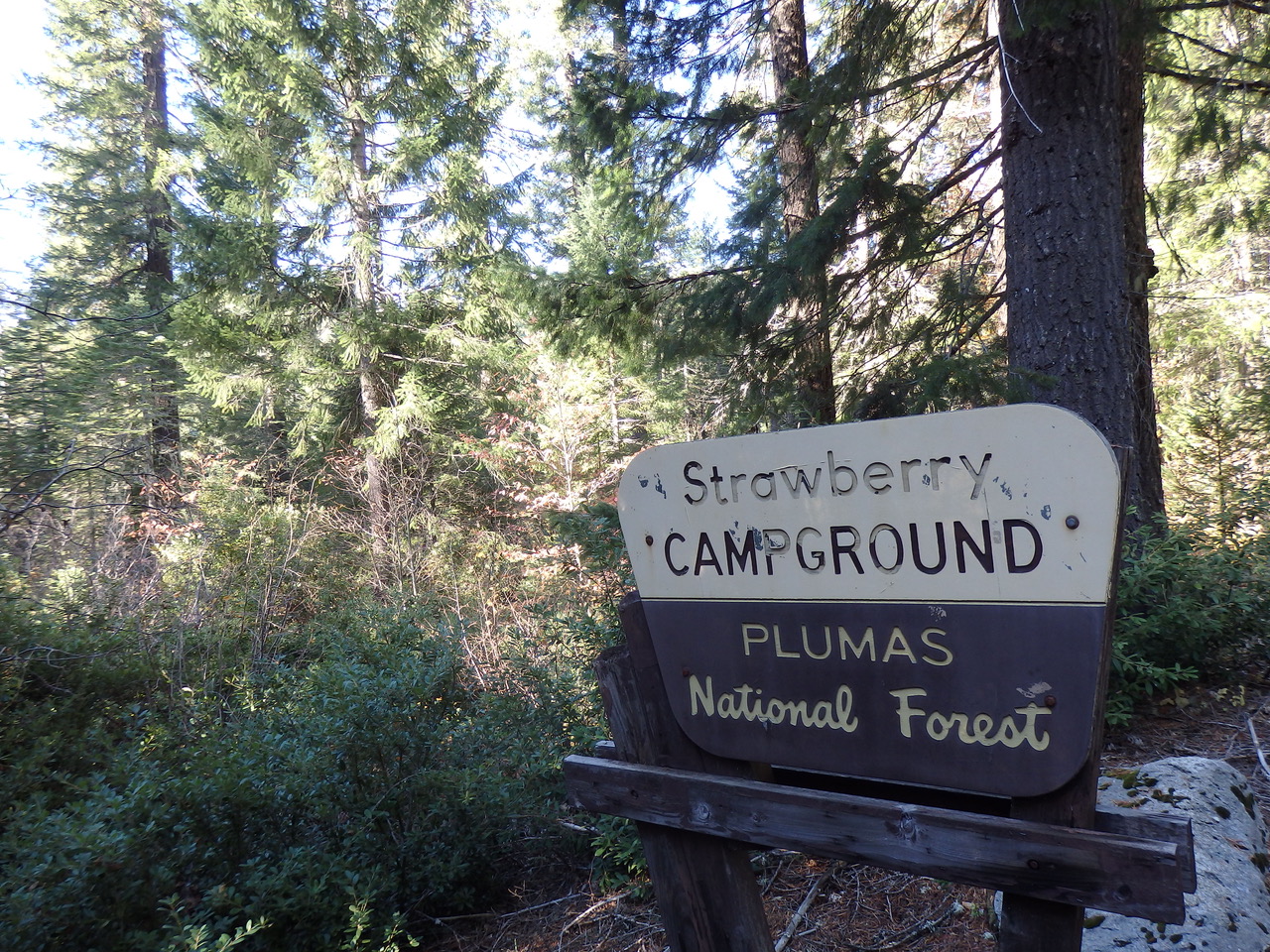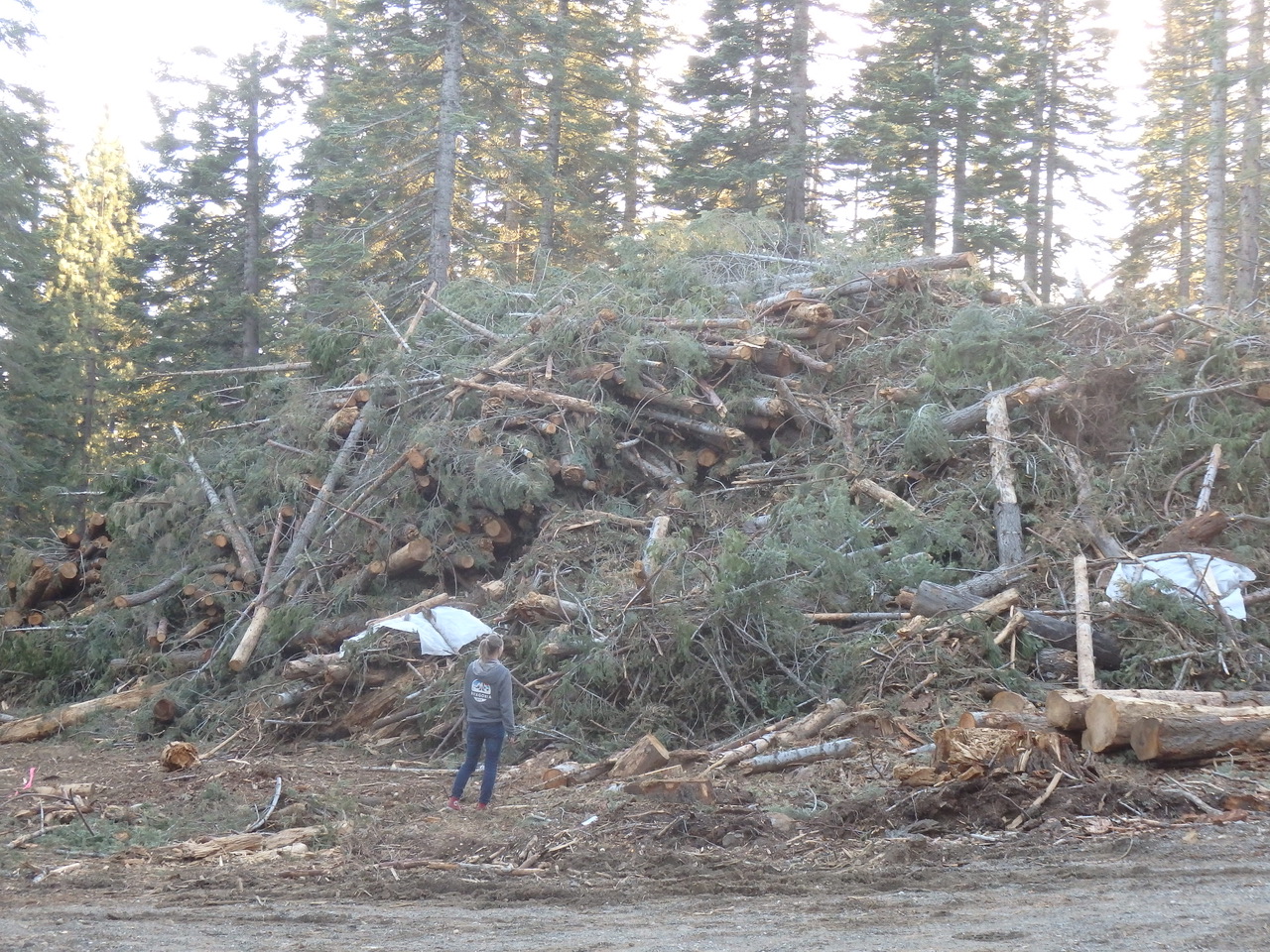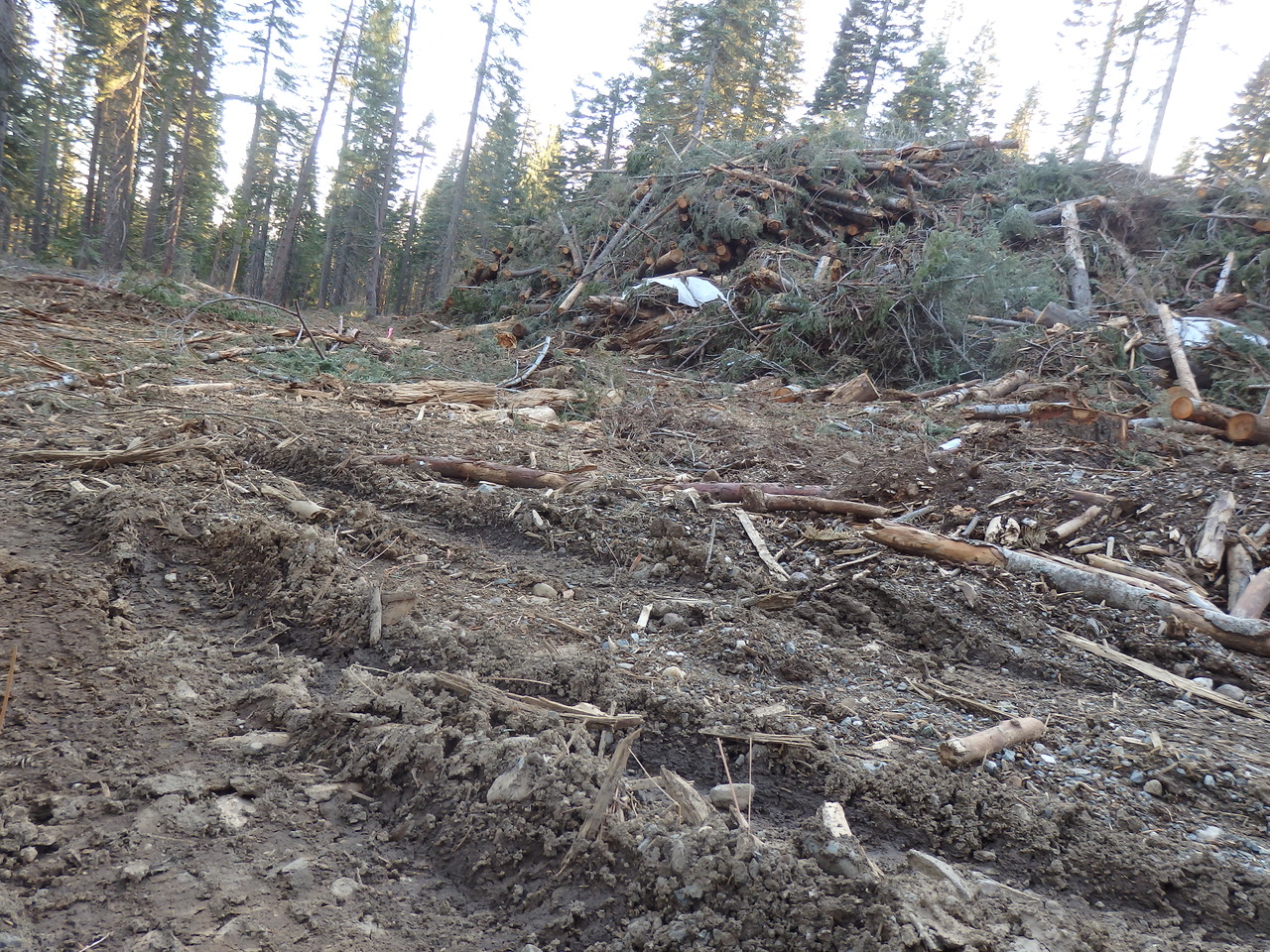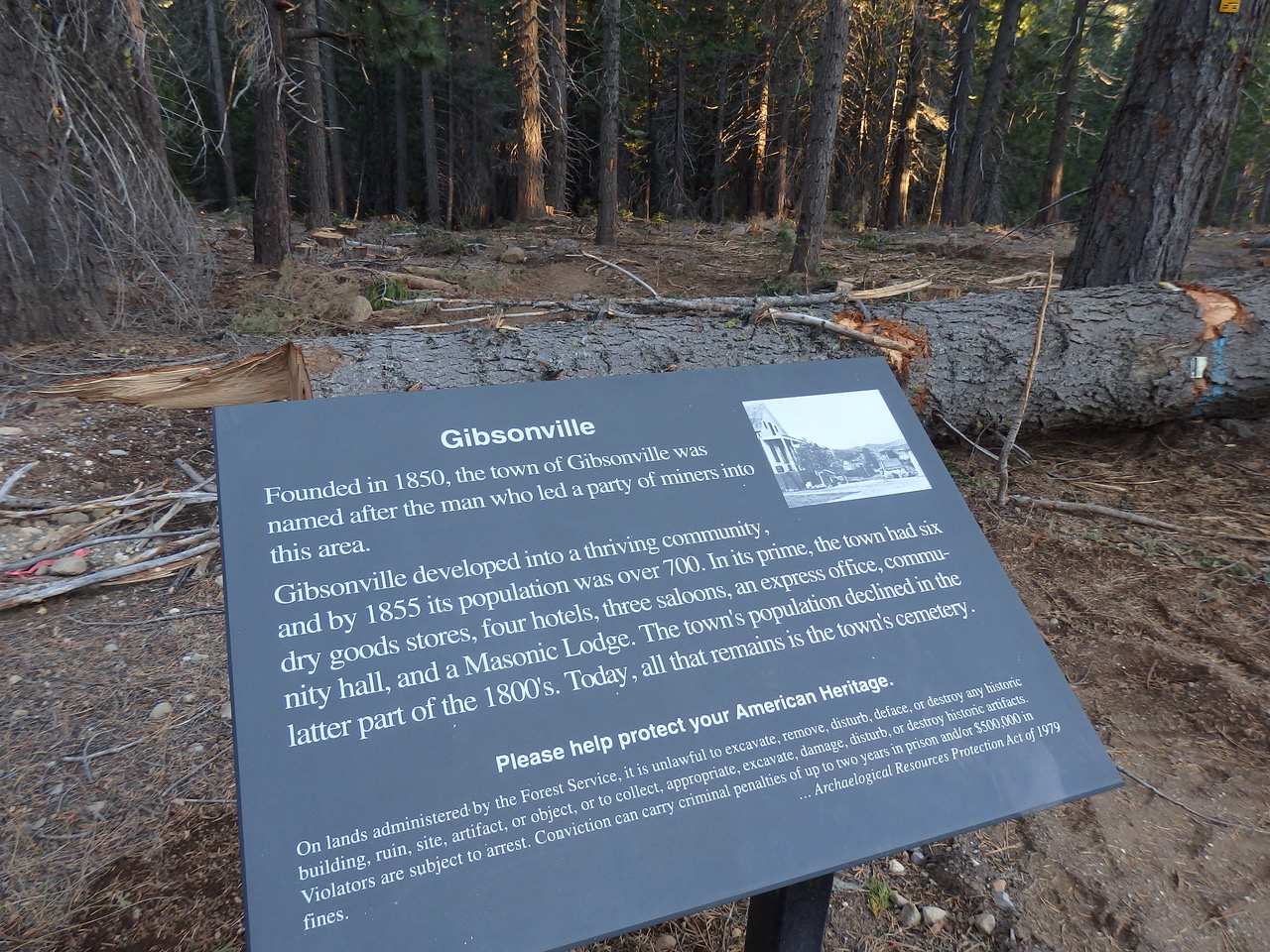Is this photo below (taken along La Porte Rd.) the future of Plumas National Forest? All the beautiful and special habitats we know and love, ground up and sent to a biomass plant and then exported to Asia or Europe as “renewable fuel” — all in the name of “community protection”? How stupid do they think we are?
 We’ve been busy the last several months working to try to understand exactly what the Forest Service is planning in our area. (which is not easy given their secrecy and lack of a single public meeting).
We’ve been busy the last several months working to try to understand exactly what the Forest Service is planning in our area. (which is not easy given their secrecy and lack of a single public meeting).
Our conclusion is that Plumas County residents are not prepared for what is coming. Four hundred square miles of up to 77% clearcuts, widespread herbicide spraying, and the elimination of 80,000 acres of protected spotted owl habitat is coming to our area unless the lawsuit we recently filed with Plumas Forest Project and John Muir Project is successful.
This is not just logging under the guise of fuel reduction, and then the forest will recover. The USFS has plans for permanent conversion of wild forest lands (where you live) to denuded tree plantations, repeatedly doused with toxic herbicides to prevent native shrub growth, and to promote planted tree seedlings. This is almost certain to harm animal and plant (not to mention human) populations in our area.
It is well documented that ecosystems have evolved to survive and even thrive through mixed intensity wildfires, and that fires are in fact rejuvenating for the forest. What forests have not evolved to cope with is herbicide application and industrial logging using heavy equipment in the name of salvage or wildfire protection. The wildfire crisis IS a climate crisis, and “thinning” (AKA logging) forests digs us deeper into dangerous and unpredictable territory.
 Thankfully, resistance is growing. A new group, ‘Lost Sierra Forest Defense’ is planning a Forest Climate Action Camp in Plumas County May 23-29th. A National Day of Forest-Climate Action has been called for May 28th. We’ve been invited to run a workshop during the camp on the specifics of the Plumas Community Destruction Project. Please visit their website, save the date, spread the word, and plan to spend some time this spring enjoying and protecting threatened ancient forests. NO LOGGING OF MATURE OR OLD GROWTH FORESTS IN A CLIMATE CRISIS! (thanks to friends up in OR occupying threatened old growth trees to protest the BLM’s poorly though out ‘Poor Windy’ timber sale).
Thankfully, resistance is growing. A new group, ‘Lost Sierra Forest Defense’ is planning a Forest Climate Action Camp in Plumas County May 23-29th. A National Day of Forest-Climate Action has been called for May 28th. We’ve been invited to run a workshop during the camp on the specifics of the Plumas Community Destruction Project. Please visit their website, save the date, spread the word, and plan to spend some time this spring enjoying and protecting threatened ancient forests. NO LOGGING OF MATURE OR OLD GROWTH FORESTS IN A CLIMATE CRISIS! (thanks to friends up in OR occupying threatened old growth trees to protest the BLM’s poorly though out ‘Poor Windy’ timber sale).
US Copper Corp. Targets Plumas County: Comments Due May 8th
 The other major threat to the Lost Sierra is the proposed open pit copper mine near Greenville. Feather River Watershed Alliance is taking the lead on organizing opposition. Feather River Action! stands in solidarity with FRWA against open pit mining in the watershed, which has predictably disastrous effects. We will not accept Plumas County becoming a “sacrifice zone” for false climate solutions like electric vehicles, which require huge amounts of copper and lithium to manufacture batteries. Please note that comments to the Plumas County Planning Dept. are due May 8th. Visit FRWA’s website to learn more and take action. Direct public comment to traceyferguson@countyofplumas.com.
The other major threat to the Lost Sierra is the proposed open pit copper mine near Greenville. Feather River Watershed Alliance is taking the lead on organizing opposition. Feather River Action! stands in solidarity with FRWA against open pit mining in the watershed, which has predictably disastrous effects. We will not accept Plumas County becoming a “sacrifice zone” for false climate solutions like electric vehicles, which require huge amounts of copper and lithium to manufacture batteries. Please note that comments to the Plumas County Planning Dept. are due May 8th. Visit FRWA’s website to learn more and take action. Direct public comment to traceyferguson@countyofplumas.com.
Thank you for your support, please consider donating or volunteering to support our efforts. If you have friends who would like to stay informed and receive our newsletter, please e-mail us at info@featherriveraction.org
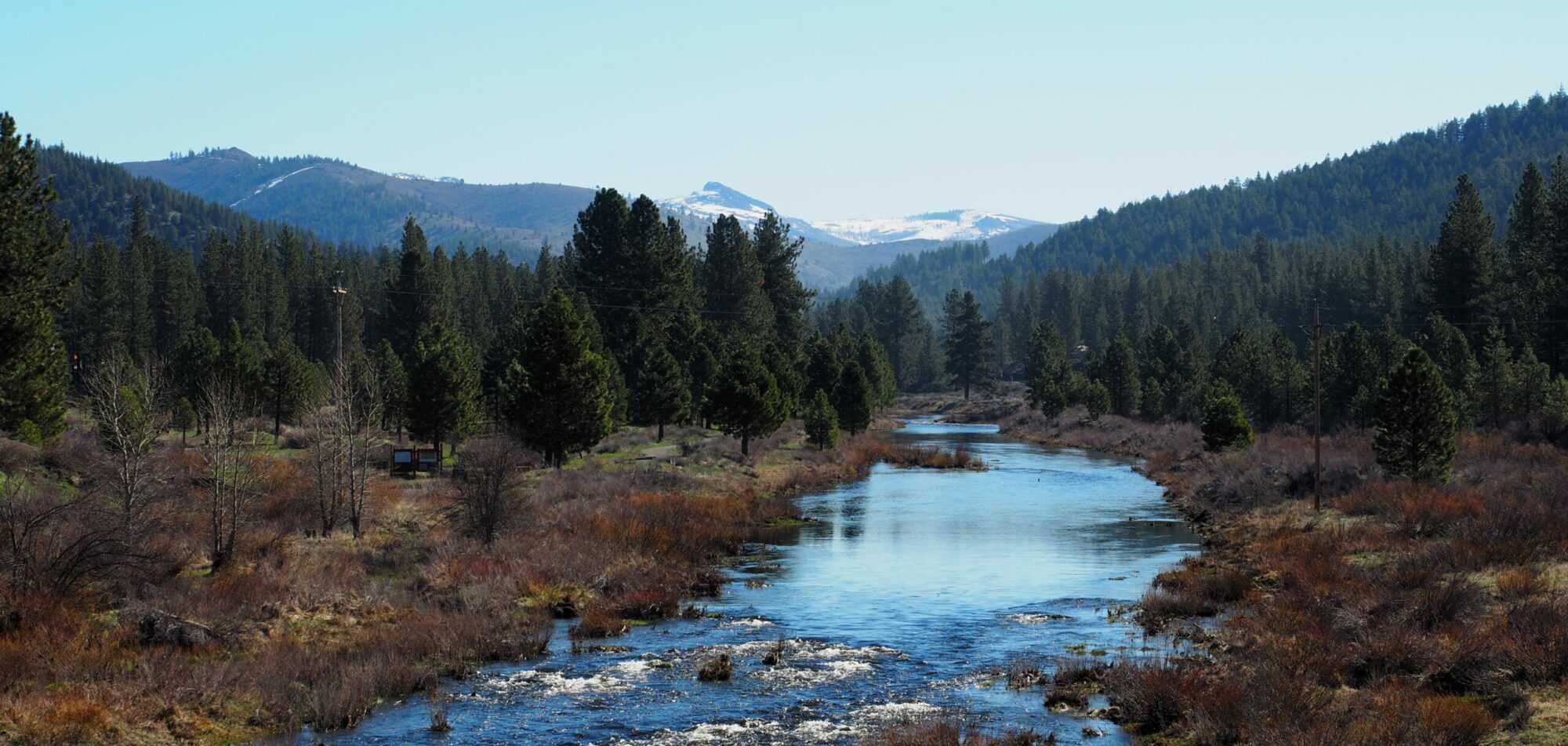
 Plumas Forest Project,
Plumas Forest Project, 